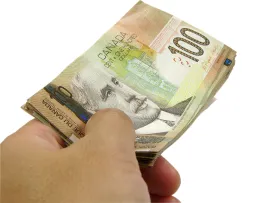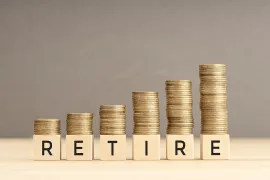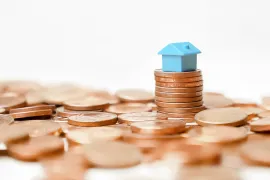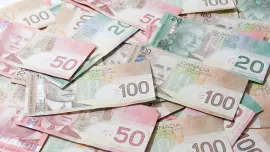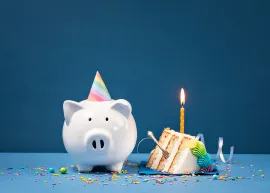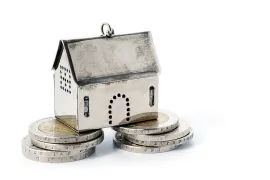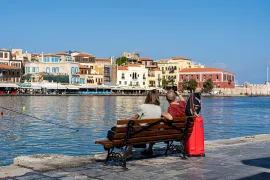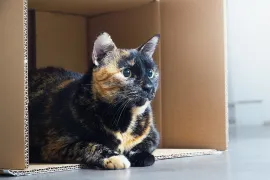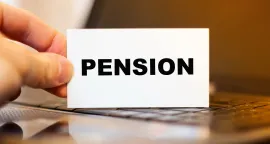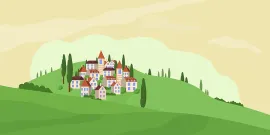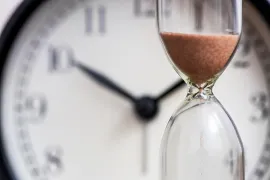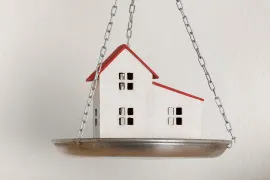Couple with gold-plated pensions vulnerable to taxes that could grab 30% of their income
Herb and Mary have ample cash flow but will face rising taxes in their 70s and 80s
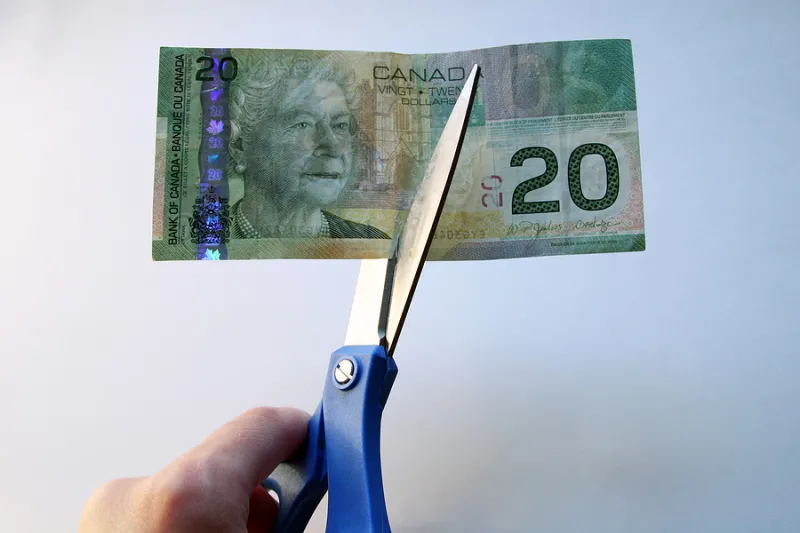
Taxes could take a big bite out of this couple's income in their 70s and 80s.
A retired couple we’ll call Herb, 60, and Mary, 57, live in Ontario. Their indexed government pensions provide them with after-tax income of $11,600 per month, more than enough to cover their living expenses and costs associated with their house, which they own outright. Indeed, they still have enough to contribute $1,000 to their TFSAs and provide $500 in monthly support to each of their two children, who are in their early 20s and living independently while pursuing their studies with the help of a well-funded RESP.
Herb and Mary have ample cash flow but will face rising taxes when they start receiving CPP (no later than age 70) as well as clawback loss for OAS and rising tax rates in their 70s and 80s as RRIF minimum payouts rise. Their pensions are gold-plated but make them vulnerable to the taxes that will take up to 30 per cent of incomes in their seventies.
Family Finance asked Derek Moran, head of Smarter Financial Planning Ltd. in Kelowna, B.C., to work with Herb and Mary.
He sees the post-age-65 goal for the couple to have $14,000 per month before tax despite the loss of pension bridges.
Herb will lose $903 from his present monthly stipend of $8,800, while Mary will lose $850 from her $7,000 pre-tax pension.
The bridge cuts will be replaced by their CPP pensions at 65, about 90 per cent of the present maximum of $1,543 each per month at 65.
Each spouse will face clawback risk. Given their incomes, it is unavoidable. Therefore, they should start OAS at 65, Moran suggests. There would be clawback, but if they defer taking OAS to 70, RRIF income that has to flow by age 72 would add to the clawback’s bite.
Herb and Mary will have sufficient income from pensions and CPP to meet their obligations. That gives them flexibility when it comes to their own investment returns. Their TFSAs, to which they continue to add money, have a present balance of $176,000 growing with $12,000 annual contributions at three per cent after inflation. At this pace, in 30 years, their TFSAs will have a balance of $1,015,230. They would be 90 and 87, respectively. Alternatively, they can spend the present balance over the next 30 years, adding $8,718 annually to their spending power. A third choice is to give it to the kids for down payments for their own homes or to donate the surplus to good causes and potential tax reduction. We select the second choice for this analysis.
The couple’s RRSPs are a dilemma. They have made additions to reduce tax in the year of contribution but their tax rates are going to rise when their pensions and RRSPs are flowing. If their present $700,000 of RRSPs grows at a rate of three per cent after inflation, then they will become $998,050 at Herb’s age 72, at which time he will have to convert them into an RRIF. Annuitized and spent over the following 20 years to their respective ages of 89 and 92, the RRIFs would add an annual average of $65,130 to pre-tax income.
Finally, the couple’s taxable investments of $140,000 and remaining cash could go to their children for homes of their own, a reserve for emergencies or to good causes, Moran suggests.
Retirement income in stages
For retirement income planning purposes, Herb and Mary will have four stages in their retirements: 1) From the present to Herb’s age 65, when his bridge ends and his CPP and OAS start; 2) The three years from when Herb turns 65 to when Mary turns 65 3) The seven years from when Mary turns 65 until she turns 72; and 4) When both are 72 and drawing RRIF income.In Stage 1 they will have two pensions — $94,764 for Herb and $73,800 for Mary plus bridges of $10,836 for Herb and $10,200 for Mary and combined TFSA cash flow of $8,718. That’s a total of $198,318. Split, they will have $94,800 each. With no tax on TFSA cash flow and 20 per cent average tax, they will have $160,400 annual income or $13,370 per month to spend.
In Stage 2, when Herb is 65, their pensions change. Herb’s pension becomes $105,600 per year with no bridge while Mary’s stays at $73,800 plus the $10,200 bridge. Herb can take CPP at $13,539 per year and OAS at $7,707 per year. The TFSAs will continue to provide $8,718 per year. Their $219,564 gross income after a $6,600 loss to OAS clawback, triggered when income rises over $79,845 in 2022 and 23 per cent average tax on all but TFSA income would be $165,987. With splits of eligible income, they would have $13,832 per month to spend.
In Stage 3, Mary is 65. Herb would have $105,600 pension, Mary $84,000 pension; each would have $7,707 OAS, $27,078 CPP benefits, and $8,718 combined TFSA each cash flow for combined income before tax of $240,810. With no tax on TFSA cash flow, a combined loss of $11,584 to the OAS clawback and 24 per cent average tax, they would have $176,304 per year or $14,700 per month to spend.
In Stage 4, when both are 72 and drawing $189,600 combined pension income, $27,078 combined CPP income, $15,414 combined OAS, $65,130 combined RRIF income, and $8,718 TFSA cash flow, they would have total pre-tax income of $305,940. After complete loss of OAS to the clawback and 30 per cent average tax on all but TFSA income, they would have $197,265 per year or $16,438 per month.
Effect of one partner’s death
If Herb predeceases Mary, his election of a 50 per cent spousal survivor benefit would provide her with $52,800 from his pension. She would have her own $84,000 pension, $15,043 annual CPP, $7,707 OAS, $65,130 RRIF income, and $8,718 TFSA cash flow. That’s $233,398. She would lose all OAS and be taxed at an average 37 per cent tax rate. She would thus have $145,410 after tax with TFSA cash flow restored. That’s $12,118 per month. Should Mary predecease Herb, the result would be almost the same.Financial Snapshot — 5 Retirement Stars ***** out of 5
Financial Post
( C) 2022 The Financial Post, Used by Permission

